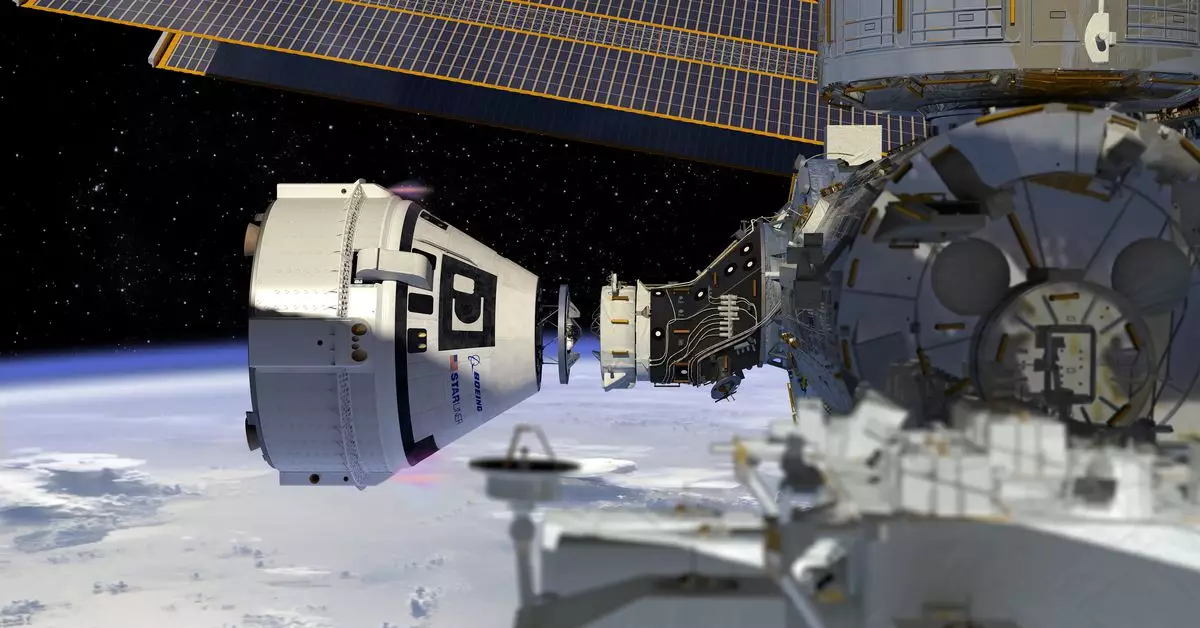NASA’s recent announcement regarding the return of US astronauts Sunita Williams and Barry Wilmore with the SpaceX Crew-9 mission has raised eyebrows. This decision comes after more than 80 days aboard the International Space Station (ISS). The Commercial Crew Program manager at NASA, Steve Stich, mentioned that due to uncertainties in the data, returning the Starliner uncrewed was deemed the best course of action. The unpredictability of the thrusters’ performance was a significant factor in this decision.
In response to questions about regaining trust in Boeing after the recent events, NASA Associate Administrator Ken Bowersox highlighted the tense discussions that took place due to the close call. Emotional investment in different options led to healthy discourse, but repercussions were seen in team cohesion. Bowersox acknowledged the need for work in this area but reiterated NASA’s commitment to collaborating with Boeing.
Stich elaborated on the situation, emphasizing the careful evaluation of risks involved. While Boeing’s model for predicting performance was commended, differences in risk assessment came into play. The challenge lay in determining whether the model was reliable enough for crewed missions. NASA’s approach to risk evaluation differed slightly, leading to nuanced discrepancies in decision-making.
Originally, the two astronauts were scheduled for an eight-day stint on the ISS following the successful launch of Boeing’s Starliner on June 5th. However, technical issues such as thruster failures, helium leaks, and valve malfunctions cropped up during the docking process. The elongated delays and limited access to the spacecraft prompted investigations at NASA’s White Sands Test Facility. Discoveries of deformed Teflon seals potentially causing the thruster failures added more complexity to the situation.
Amid these challenges, the decision to bring the astronauts back with the SpaceX Crew-9 mission was finalized. Set to launch to the ISS in late September, this mission offers a safer alternative for the return journey. With a focus on minimizing risks and ensuring crew safety, NASA’s collaboration with SpaceX showcases a strategic shift in operational planning.
The intricacies of risk management, technical reliability, and collaborative efforts between NASA and private aerospace companies like Boeing and SpaceX underscore the complexities of space exploration. The evolving landscape of crewed missions highlights the need for continuous evaluation, adaptability, and a commitment to safety above all else. The upcoming return of astronauts with the SpaceX Crew-9 mission symbolizes a step forward in navigating the challenges of space travel while prioritizing the well-being of those who venture beyond our planet’s confines.


Leave a Reply